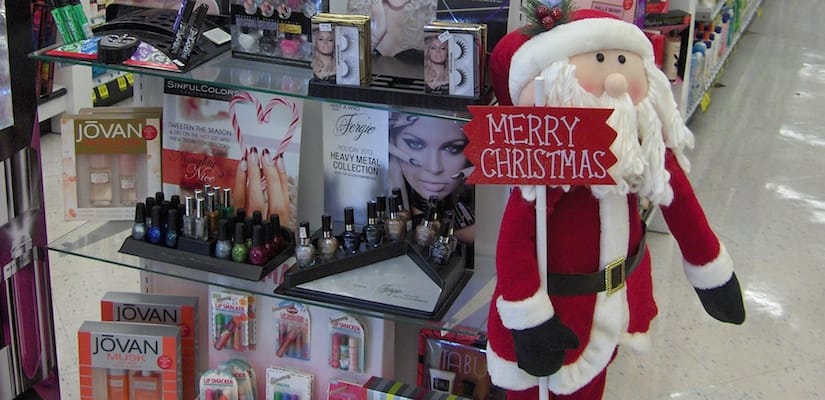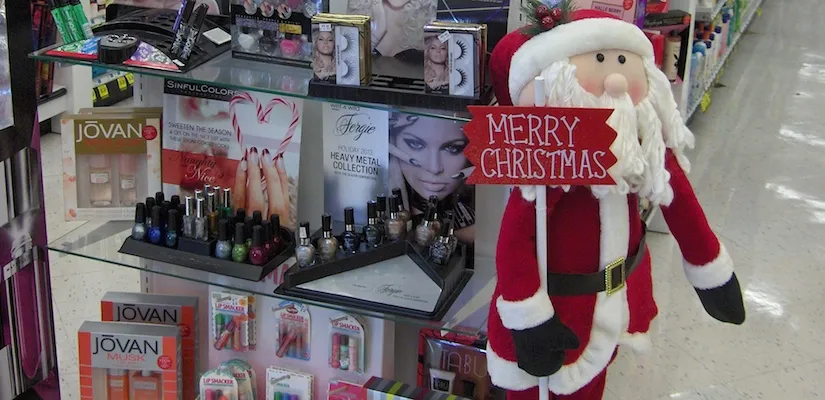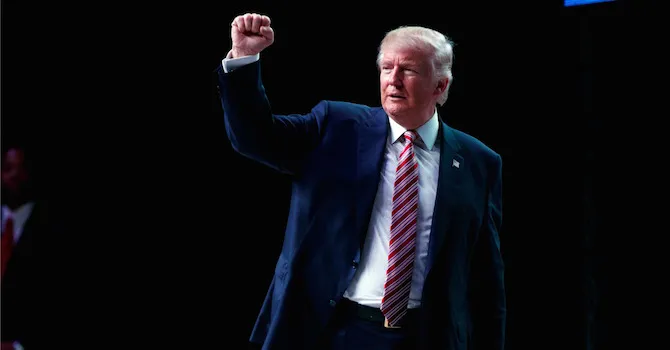
NEW YORK — Consumers are expected to increase their spending this holiday season, bolstered by an economy that is showing signs of strength.
The National Retail Federation (NRF) expects sales in November and December (excluding cars, gasoline and restaurant sales) to increase 3.6% to $655.8 billion. That is significantly higher than the 10-year average of 2.5% and is also above the seven-year average of 3.4% recorded since the economic recovery began in 2009.
“All of the fundamentals are in a good place, giving strength to consumers and leading us to believe that this will be a very positive holiday season,” NRF president and chief executive officer Matthew Shay said when the forecast was announced. “This year hasn’t been perfect, starting with a long summer and unseasonably warm fall, but our forecast reflects the very realistic steady momentum of the economy and industry expectations.”
Holiday retail sales in 2015 increased 3.2% over the preceding year, according to NRF.
“Consumers have seen steady job and income gains throughout the year, resulting in continued confidence and the greater use of credit, which bodes well for more spending throughout the holiday season,” NRF chief economist Jack Kleinhenz said. “Increased geopolitical uncertainty, the presidential election outcome and unseasonably warm weather are the main issues at play with the greatest potential to shake consumer confidence and impact shopping patterns.
“However, the economic spending power of the consumer is resilient, and it should never be underestimated.”
The latest job figures from the Labor Department support Kleinhenz’ view on job gains, with employers adding 156,000 jobs in September. The Labor Department also reported that average hourly wages have increased 2.6% over the last 12 months, which is well above the rate of inflation.
That is giving consumers more leeway to spend money on holiday gifts, although another recent forecast suggests that bargain hunting will remain a priority for many.
According to Accenture’s 10th annual holiday shopping survey, 44% of U.S. consumers are planning to spend more this year than they did last year. But the survey also found that frugality will be the theme this holiday season, with shoppers wanting more for their money and willing to put in the extra work to get the best deals.
Forty-two percent of consumers this year said they rarely or never expect to pay full price for an item during the holiday season. Two-thirds (67%) said they will purchase items from different stores or websites to get the lowest price, and nearly three-quarters (72%) said they would be enticed by promotions or coupons to shop at a store they have not used in the last year.
Consumers are also willing to give more to receive more, the survey found, as 54% of survey respondents said they are open to sharing personal information and shopping preferences with retailers in order to receive personalized offers, compared to 51% last year and 33% in 2014. The factors most likely to entice shoppers to share personal data are discounts or coupons (cited by 78% of respondents, up from 72% last year), loyalty card points (cited by 52%) and highly relevant promotions (cited by 47%).
“The good news is that U.S. consumers plan to spend more and are increasingly willing to share personal information to receive offers — but they remain focused on frugal bargain hunting,” said Jill Standish, senior managing director of retail at Accenture. “The clear opportunity for retailers is to learn all they can about their customers and use these insights to provide the personalized and timely deals consumers are seeking. By optimizing inventory and marketing, they can increase the profitability of each customer visit to their store or website and maximize each click.”
Meanwhile, a forecast by PwC suggests total holiday spending will reach its highest point since the Great Recession, up 10% compared with the 2015 holiday season. That is not all good news for store-based retailers, though, because consumers are increasingly interested in gifts of travel and entertainment, rather than traditional gifts.
Also, more shopping is shifting from stores to online. “Shoppers are expected to increase their digital shopping by 25%,” said Steven Barr, PwC’s U.S. retail & consumer leader.







